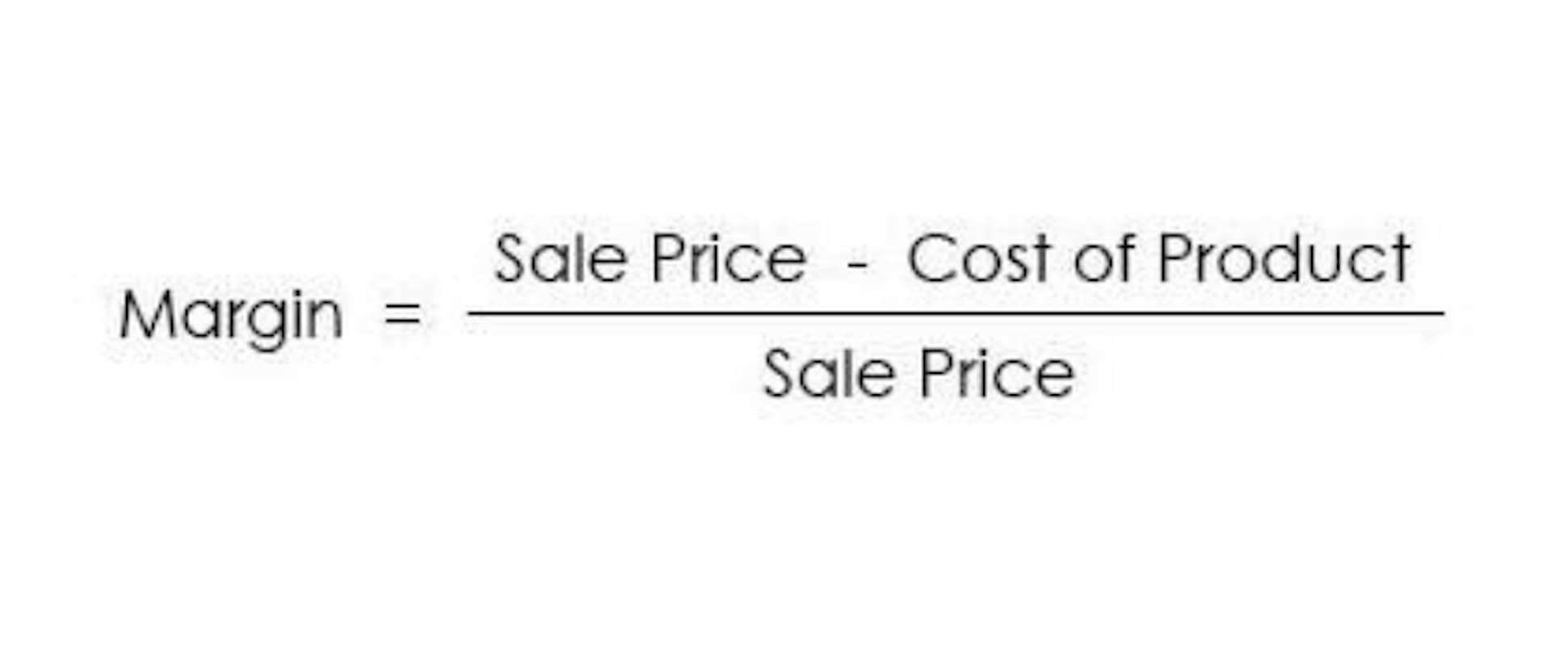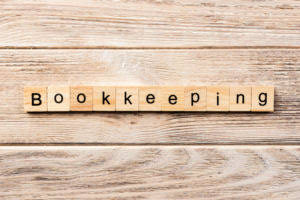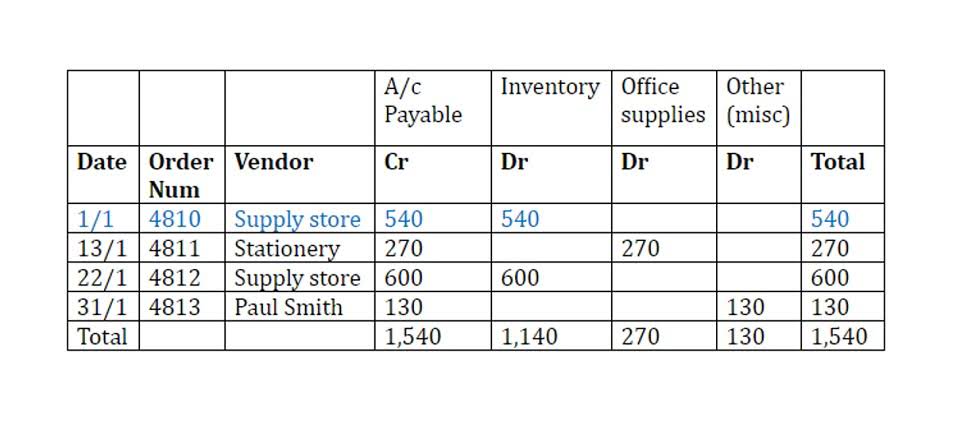
In this journal entry, total expenses on the income statement increase by $5,000 as the result of allocating a quarter of the fixed cost into the first accounting period. At the same time, the total assets on the balance decrease by the same amount of $5,000. The disposal of long term assets should be carried out in a careful and controlled manner to ensure that the business realizes the best possible return on its investment. Furthermore once the sale of the fixed assets has been completed, the business must account for the proceeds from the sale in its financial statements.
b. Double Declining Balance Depreciation:

Examples of fixed assets include machinery, equipment, buildings, and land. Likewise, we need to allocate the cost of the capitalized asset to each accounting period during the asset’s useful life. This allocation of the cost of capitalized asset is known as the depreciation of the fixed asset. The business receives cash of 4,500 for the asset, and makes a gain on disposal of 1,500. As can be seen the gain What is bookkeeping of 1,500 is a credit to the fixed assets disposals account in the income statement.
- Considering fixed assets are used in regular business workflows and operations, they are susceptible to wear and tear, thus losing their value over time.
- For example, on January 1, the company ABC purchases new office equipment that costs $50,000 on credit from one of its vendors.
- The journal entry is debiting fixed assets $ 115,000, rebate receivable $ 5,000 and credit cash paid $ 120,000.
- Real estate or procurement teams should notify accounting when fixed assets are purchased.
Reversal of revaluation
Accurate recording and management of fixed assets are essential for financial transparency and compliance. By following these practices, businesses can effectively reflect their financial position and make informed strategic decisions. In this method, the asset account is charged (credited) with depreciation. There is one disadvantage of this method, which is that it is not possible to find out the original cost of an asset and the total amount of depreciation.
Booking Fixed Asset Journal Entry With Examples
This accelerated method writes off more of the asset’s value in the early years. It applies a depreciation rate (typically double the bookkeeping and payroll services straight-line rate) to the asset’s net book value. Welcome to AccountingJournalEntries.com, your ultimate resource for mastering journal entries in accounting. Enhance your accounting skills and knowledge with our comprehensive resources tailored for professionals and students alike. The units of the production method of depreciation are based on the number of actual units produced by the asset in a period.
The asset would also be removed from the fixed asset list (subsidiary ledger) since it no longer physically exists (except maybe as a rusting piece of junk in the junkyard). As it is based on the original cost of the asset, the carrying value will be different than the current market value of the asset. Costs forming part of land improvements assets typically include the following. Specifically the typical costs to be included for different types of asset are summarized below.
- In this journal entry, both total assets and total equity on the balance sheet increase by $18,000 as of December 31, 2019.
- Fixed assets, also known as tangible assets, are long-term assets held by a company for the purpose of generating revenue.
- For example, the transport and freight costs of delivering the equipment to the factory, and the installation and set-up costs incurred in commissioning the equipment are part of the total fixed asset cost.
- Similar to the fixed asset turnover ratio, the CapEx ratio focuses on cash flows rather than using an accrual-based metric, revenue.
- Besides the materials and labor required for construction, this account can also contain architecture fees, the cost of building permits, and so forth.
- This cost includes all necessary costs that bring the equipment to our office premise and ready to be used.
Company Overview
- Fixed asset accounting is crucial for businesses to manage their long-term tangible and intangible assets.
- And, record new equipment on your company’s cash flow statement in the investments section.
- Let us assume that the company prepares annual financial statements only, and the depreciation journal entries can be prepared for the fiscal years (from 2016 to 2018) as of the last day of each year.
- While rare, companies might sell a fixed asset and finance the sales price by accepting a note receivable from the buyer.
- Suppose on December 31, 2012 Axe Ltd. revalues the building again to find out that the fair value should be $160,000.
- The journal entry for depreciation can be a simple entry designed to accommodate all types of fixed assets, or it may be subdivided into separate entries for each type of fixed asset.
However, maybe a few wealthy homeowners decided that barn wood is the latest and greatest for home décor, and with 200-year Michigan barns in pretty high demand, the fair market value has shot up. To get this table, our general contractor Ed contracted another table designer to build it. Shipping the table costs another $100, so that means the final bill comes out to $3,780. An expenditure directly related to making a machine operational and improving its output is considered a capital expenditure. In other words, this is a part of the machine cost that can be depreciated.
Besides the materials and labor required for construction, this account can also contain architecture fees, the cost of building permits, fixed asset accounting entries and so forth. If an asset meets both of the preceding criteria, then the next step is to determine its proper account classification. Suppose on December 31, 2012 Axe Ltd. revalues the building again to find out that the fair value should be $160,000.

For example, a stapler may have a life of more than one year but because of the minimal cost will be treated as an expense and not a fixed asset. Costs forming part of plant and equipment fixed assets typically include the following. Decrease the accumulated depreciation account by $12,000 to reflect the depreciation expense recognized on the van up to the disposal date. It is useful to note that while the revaluation model of fixed assets is allowed under IFRS, such model is prohibited under US GAAP.
- Or another country that follows IFRS instead of GAAP, we could elect to perform a revaluation of that asset up to its fair market value as soon as we found out about that steep increase in value.
- Learn effective strategies for accurately recording and managing fixed asset purchases in accounting, from initial costs to depreciation and disposal.
- Assets such as plant and machinery, buildings, vehicles, furniture, etc., expected to last more than one year but not for an infinite number of years, are subject to depreciation.
- Additionally, there may be installation costs or charges for professional services needed to set up and integrate the new asset into your current operations.
- Accurate recording and management of fixed assets are essential for financial transparency and compliance.
- Fixed assets are long-term assets that a business holds for more than one year and are used in the production of goods and services.
- Instead, depreciation is merely intended to gradually charge the cost of a fixed asset to expense over its useful life.
Purchase of equipment on balance sheet and cash flow statement

Occasionally, a company continues to use a plant asset after it has been fully depreciated. In such a case, the firm should not remove the asset’s cost and accumulated depreciation from the accounts until the asset is sold, traded, or retired from service. Of course, the company cannot record more depreciation on a fully depreciated asset because total depreciation expense taken on an asset may not exceed its depreciable cost (historical cost − salvage value). The fixed asset purchase journal entry has two parts the acquisition of the asset and the corresponding liability incurred.

